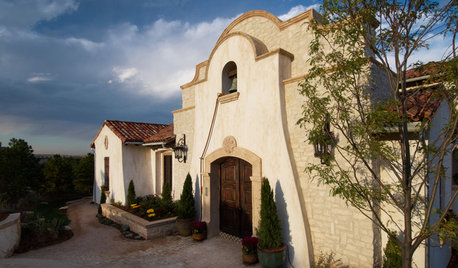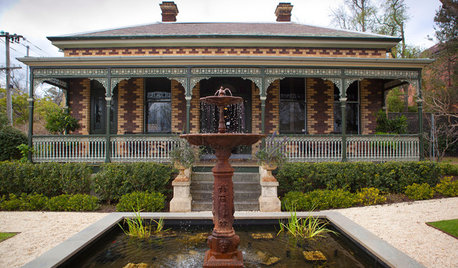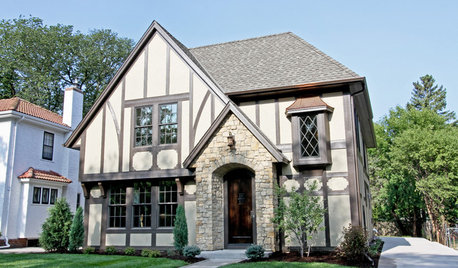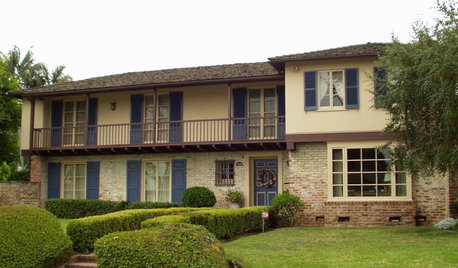Perlite and Rooting Questions
Carol love_the_yard (Zone 9A Jacksonville, FL)
10 years ago
Related Stories

ARCHITECTURERoots of Style: Where Did Your House Get Its Look?
Explore the role of architectural fashions in current designs through 5 home styles that bridge past and present
Full Story
TRADITIONAL ARCHITECTURERoots of Style: Italianate Architecture Romances the U.S.
With its towers, cornice details and more, Italianate homes have been enchanting Americans since the 19th-century romantic era
Full Story
ARCHITECTURERoots of Style: Ranch Architecture Roams Across the U.S.
Great remodeling potential and generously spaced sites make ranch homes ever popular. Is one of the many variations right for you?
Full Story
ARCHITECTURERoots of Style: Mission
Spanish colonial missions inspired a style of architecture still popular in the United States
Full Story
ARCHITECTURERoots of Style: The Historic Australian Brick House
With their mix of old-world charm and modern extensions, Australia’s brick villas and bungalows remain well designed for today’s lifestyles
Full Story
ROOTS OF STYLERoots of Style: The Indelible Charm of American Tudors
Rich details and an intimate scale give this English-inspired architectural style memorable character and flexibilty
Full Story
ARCHITECTURERoots of Style: Colonial Monterey Sets the Stage for Unique Design
French, Spanish and English features mix in enigmatic Monterey-style architecture. Here's how to recognize this type of home
Full Story
ARCHITECTURERoots of Style: Do You Live in a Minimalist Traditional House?
Cottages, bungalows, farmhouses ... whatever you call them, houses in this style share several characteristics. See how many your house has
Full Story
ARCHITECTURERoots of Style: Queen Anne Homes Present Regal Details
Complex facades with bay windows, multiple shingle patterns and even towers make these Victorian-era homes a sight to behold
Full Story
ARCHITECTURERoots of Style: Spanish Eclectic Homes Find a Place in the Sun
Flexible stucco, intricate tiles and more have kept this multicultural style going strong for a century
Full StoryMore Discussions






david52 Zone 6
rhizo_1 (North AL) zone 7
Related Professionals
Manorville Landscape Architects & Landscape Designers · Forest City Landscape Architects & Landscape Designers · Allentown Landscape Contractors · Williamsburg Landscape Contractors · Aberdeen Landscape Contractors · Fuquay-Varina Landscape Contractors · Hollywood Landscape Contractors · Miller Place Landscape Contractors · Nanuet Landscape Contractors · Northport Landscape Contractors · Oakland Landscape Contractors · Saint George Landscape Contractors · Tacoma Landscape Contractors · Wickliffe Landscape Contractors · Woodland Landscape ContractorsCarol love_the_yard (Zone 9A Jacksonville, FL)Original Author
Alfred Mattor
Alfred Mattor
tete_a_tete